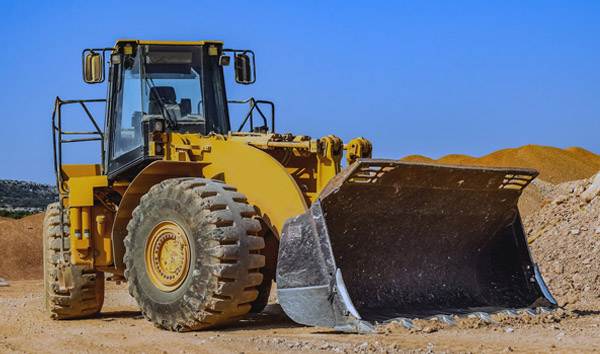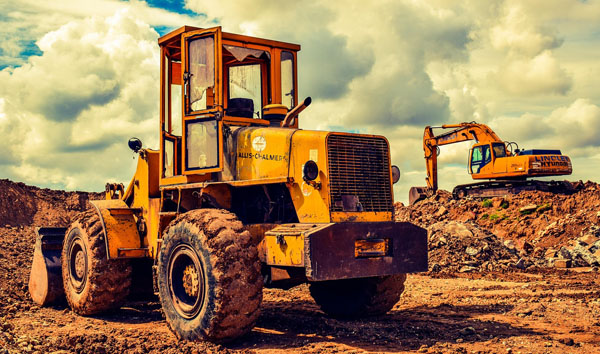Revolutionizing Heavy Load Handling: The High-Capacity Rough Terrain Forklift
2025-07-27 04:05:27
The high-capacity Rough Terrain Forklift has emerged as a game-changer in industries requiring heavy load transportation across uneven surfaces. Combining robust engineering with advanced hydraulic systems, these machines are designed to tackle the toughest job sites while maintaining efficiency and safety. This report explores their key features, applications, and technological advancements. The high-capacity rough terrain forklift is engineered to handle extreme loads in challenging environments, such as construction sites, mining operations, and forestry. Unlike standard forklifts, these machines feature reinforced frames, large pneumatic tires, and powerful diesel engines, enabling them to navigate muddy, rocky, or uneven terrain with ease. Their lifting capacities often exceed 15,000 lbs, making them indispensable for heavy industrial tasks.
One of the standout features of the high-capacity rough terrain forklift is its advanced hydraulic system, which ensures smooth operation even under maximum load. The integration of load-sensing hydraulics allows for precise control, reducing operator fatigue and improving productivity. Additionally, modern models come equipped with telematics and GPS tracking, enabling fleet managers to monitor performance and optimize maintenance schedules.
Safety remains a top priority in the design of high-capacity rough terrain forklifts. Enhanced stability systems, including outriggers and dynamic load balancing, prevent tipping during lifting operations. Operators benefit from ergonomic cabins with 360-degree visibility, reducing blind spots and minimizing accident risks. These forklifts also comply with stringent OSHA and ISO safety standards, ensuring workplace compliance.
The versatility of the high-capacity rough terrain forklift extends to various industries. In construction, they are used to transport steel beams and concrete blocks, while in agriculture, they assist with handling large bales and equipment. Their ability to operate in extreme weather conditions further broadens their applicability, making them a preferred choice for year-round operations.
Future advancements in high-capacity rough terrain forklifts are expected to focus on automation and electrification. Hybrid and fully electric models are already in development, aiming to reduce emissions without compromising power. Autonomous navigation systems, powered by AI and LiDAR, could further revolutionize the industry by enabling unmanned operations in hazardous environments. As demand grows, these innovations will solidify the forklift's role as a cornerstone of industrial logistics.














